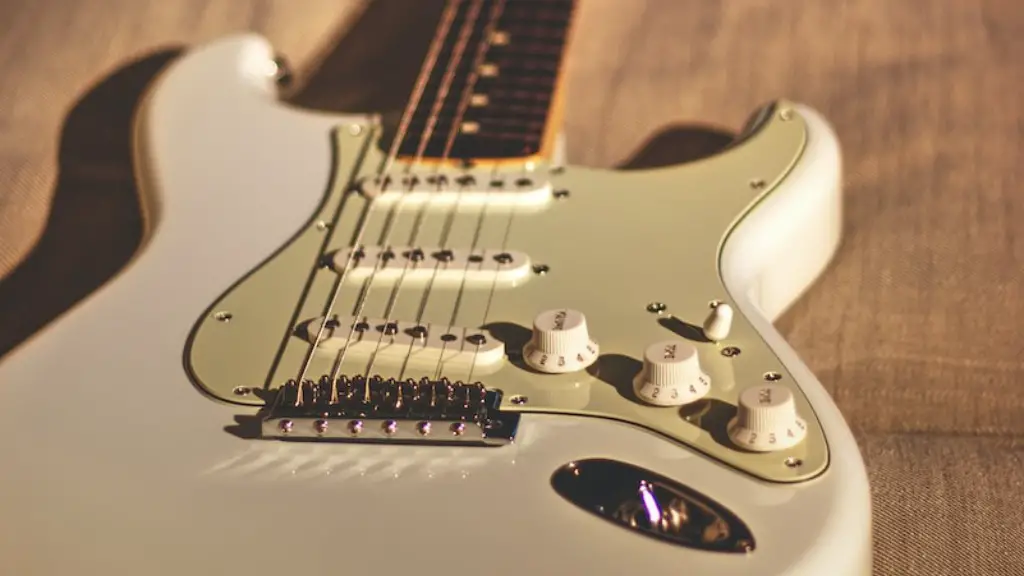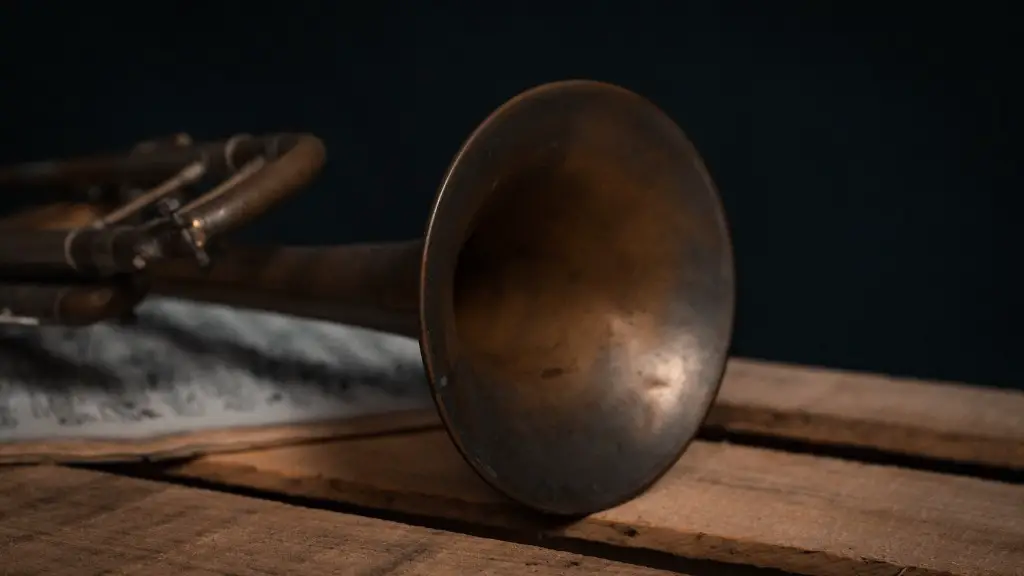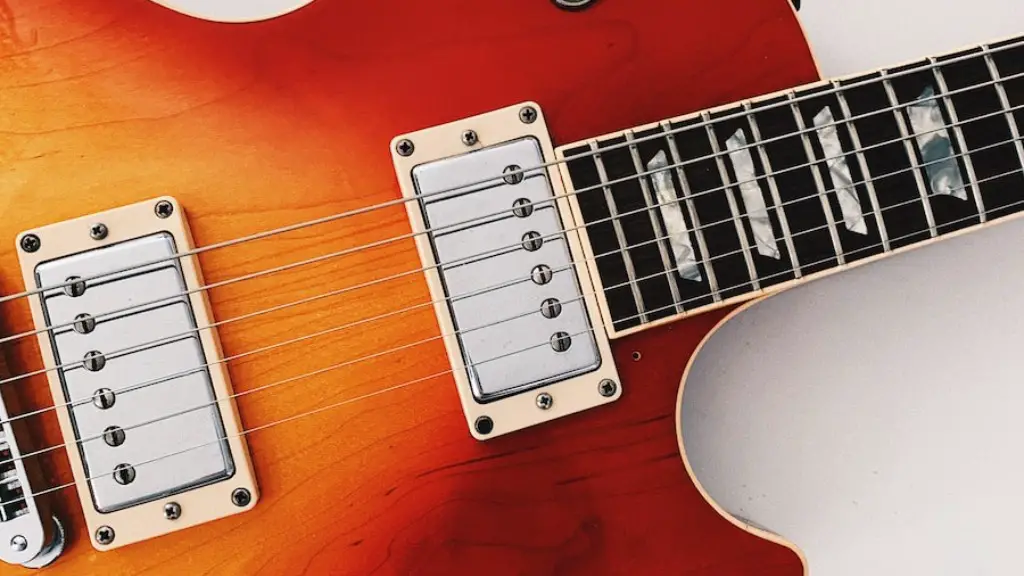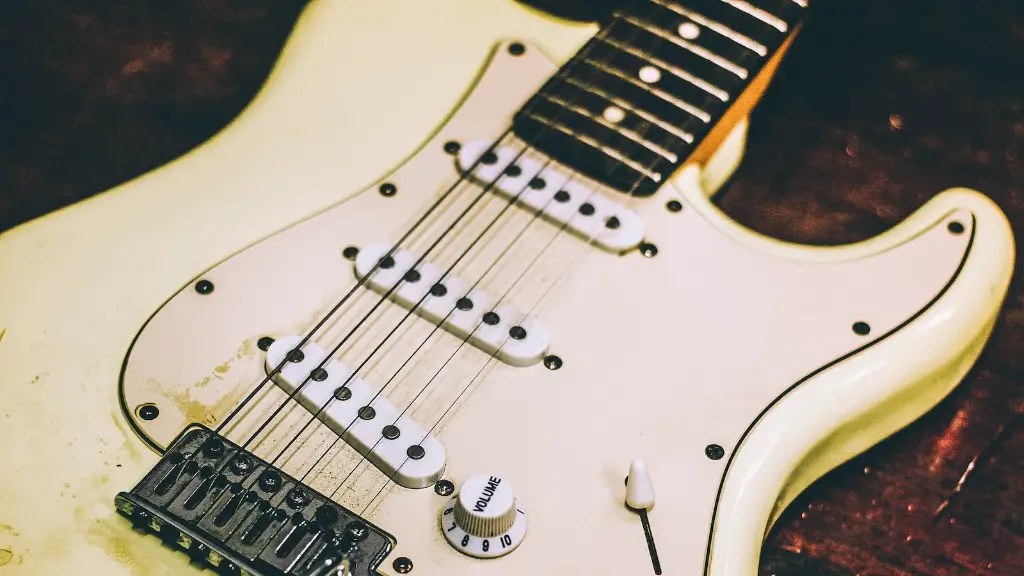Boogie Woogie Piano is an exciting and fun style of piano playing. It is a form of jazz that originated in the late 19th century and has been popular ever since. It is characterized by a steady, driving beat, with an emphasis on the left hand playing syncopated rhythms. Playing Boogie Woogie Piano requires some basic knowledge of music theory, as well as some practice and patience.
To get started, it’s important to understand the basics of scales, chords, and melodies. Once you have a good grasp of these concepts, you can begin to learn the different patterns and techniques used in Boogie Woogie Piano. You should also become familiar with the various styles of Boogie Woogie such as Chicago-style, New Orleans-style, and Texas-style.
In addition to learning the basics of Boogie Woogie Piano, you should practice regularly to develop your technique and speed. Try listening to recordings of famous Boogie Woogie pianists such as Fats Domino or Little Richard for inspiration. Once you have a good understanding of the style and feel comfortable playing it, you can start experimenting with different variations and improvisations.
With practice and dedication, anyone can learn how to play Boogie Woogie Piano. Why not give it a try today?
Learning the Basic Chords for Boogie Woogie Piano
Playing boogie woogie piano is a great way to have fun and make music. To get started, you’ll need to learn the basic chords. These chords consist of three or four notes played together, and they are the foundation of any good boogie woogie song.
The first chord you’ll want to learn is the C major chord. This is a three-note chord made up of C, E, and G. To play it, place your right hand in a middle “C” position (with your thumb on middle C) and your left hand in a “G” position (with your pinkie on G). Then press down on all three notes at once.
Next up is the F major chord. This one is a four-note chord made up of F, A, C, and E. You’ll want to play this one with your right hand in an “F” position (with your thumb on F) and your left hand in an “A” position (with your pinkie on A). Then press down all four notes at once.
Once you’ve mastered these two chords, you should be ready to start playing some simple boogie woogie songs! Just remember that practice makes perfect – so keep at it! With enough time and dedication, you’ll be playing like a pro in no time!
Understanding the Blues Scale (How To Play Boogie Woogie Piano)
The blues scale is an essential element of many classic boogie woogie piano pieces. It is a minor pentatonic scale that provides the basis for improvisation and creative expression. The blues scale can be broken down into five notes, each of which have their own unique characteristics and tonal qualities. The root note of the scale is typically a flat third, followed by a fourth, fifth, flat seventh, and finally an octave. When playing the blues scale, it is important to remember to emphasize the flat third and fifth notes as they provide the distinctive “bluesy” sound.
In addition to its use in improvisation, the blues scale can also be used as a framework for writing your own compositions. By experimenting with different chord progressions and melodies built around these five notes, you can create exciting new songs that utilize all of the nuances of this timeless musical form. Moreover, understanding how to use these notes in combination with other scales will help you develop your own unique style of playing. Finally, practicing regularly will help ensure that you are able to effectively express yourself through this powerful music form whenever you sit down at the piano.
Getting Familiar with the Boogie Woogie Pattern
The Boogie Woogie pattern is a classic piano style that has been around for many years and is still popular today. It uses a combination of blues and jazz elements to create a fun and interesting sound. Learning how to play Boogie Woogie Piano requires some practice and patience, but once you get the hang of it, it can be incredibly rewarding.
The first step in learning the Boogie Woogie pattern is to familiarize yourself with the basic rhythm of it. This includes understanding how to play chords, 8th notes, and 16th notes within the rhythm. Once you have mastered these basic elements, you can start exploring more complex patterns such as triplets and syncopated rhythms.
Practicing scales is also important for getting familiar with the Boogie Woogie pattern. Start by practicing scales in a single key, then try adding in different chord progressions as you become more comfortable playing them. As your skills improve you can start experimenting with different keys and chords.
Finally, listen to recordings of great players so that you can get an idea of what a good performance sounds like. This will help you understand how different techniques are used in order to create unique sounds within the Boogie Woogie pattern. With enough practice and dedication, anyone can learn how to play this classic style of piano!
Learning to Improvise in a Boogie Style
Boogie Woogie is a style of piano playing that originated in the United States in the 1920s and 1930s. The style is characterized by repetitive patterns and rhythms, as well as fast-paced improvisation. It has been used in many genres of music, including jazz, rock, blues, and country. Learning how to play boogie woogie piano can be a fun and rewarding experience.
The best way to start learning boogie woogie is to familiarize yourself with the basic patterns and rhythms associated with the style. You may want to find some instructional videos or books that demonstrate the various techniques used in boogie woogie playing. Once you are comfortable with these basics, you can begin learning how to improvise within the genre.
When improvising in a boogie style, it is important to focus on developing your own unique voice while still staying true to the rhythms and patterns of traditional boogie woogie music. You should also experiment with different chord progressions and melodic lines so that you can create interesting musical ideas. As you become more comfortable with improvisation, you may even want to add elements from other genres of music into your playing.
Finally, it is important to practice regularly when learning how to play boogie woogie piano. This will help you develop your skills and refine your technique while also helping you become more familiar with the various styles and techniques associated with this genre of music. With enough practice and dedication,
Adding Percussive Effects to Your Playing (How To Play Boogie Woogie Piano)
Percussive effects are an important part of playing boogie woogie piano. These effects can add a layer of complexity and depth to your playing, making it sound more full and interesting. To get started, you’ll need to learn some basic techniques such as slapping, strumming, and muted chords. Slapping is a great way to add a staccato effect to your playing – it’s done by quickly striking the keys with your fingers or palms while maintaining a steady rhythm. Strumming involves quickly running your fingers across the keys in an up-and-down motion, creating a rolling effect. Muted chords are created by pressing down the keys but not allowing them to sound; this adds an interesting contrast to any piece of music. Once you’ve mastered these techniques, you can begin experimenting with adding percussive elements into different pieces of music for an exciting and unique sound.
To further enhance your percussive effects, try incorporating other instruments like cymbals or hi-hats into your playing. This will give your boogie woogie piano a unique sound that will keep audiences captivated. Additionally, be sure to practice keeping time with percussion instruments like drums or bongos – this will help you stay on beat and make sure that each element of the song is perfectly in sync. With some practice, you’ll be able to create amazing percussive effects with your bo
Practicing on a Regular Basis (How To Play Boogie Woogie Piano)
Playing boogie woogie piano requires regular practice and dedication. Developing the necessary skills to play this style of music can be a difficult endeavor, but with consistent practice, you can become an expert in no time. To get started, begin by learning the basics of boogie woogie piano. Familiarize yourself with the common rhythms and melodies that are used in this style of music. Once you have a good grasp on the basics, start to incorporate them into your own music.
Next, focus on refining your technique. Learn how to use dynamics and articulation to add expression and life to your playing. Take time to practice scales and chords as well, as they provide essential building blocks for other musical concepts. Additionally, try incorporating improvisation into your practice sessions. Improvisation allows you to explore different musical ideas while flexing your creative muscles.
Finally, don’t be afraid to experiment! Boogie woogie piano is a style of music that encourages creativity and innovation. Don’t be afraid to try something new or take risks; it’s the only way you’ll truly improve your skills and become an expert in this genre. With consistent practice and dedication, you can become a master at playing boogie woogie piano!
The End
Boogie Woogie piano is an exciting and fun style of music to learn and play. It is a great way to develop your piano playing skills, as well as your improvisational skills. With practice and dedication, you can become an expert in this genre. Learning the basics of Boogie Woogie Piano can be challenging but with patience and guidance, anyone can learn how to play this genre of music. It is important to remember that Boogie Woogie Piano is all about having fun and being creative. With the right instruction and practice, you can become an expert in no time!





